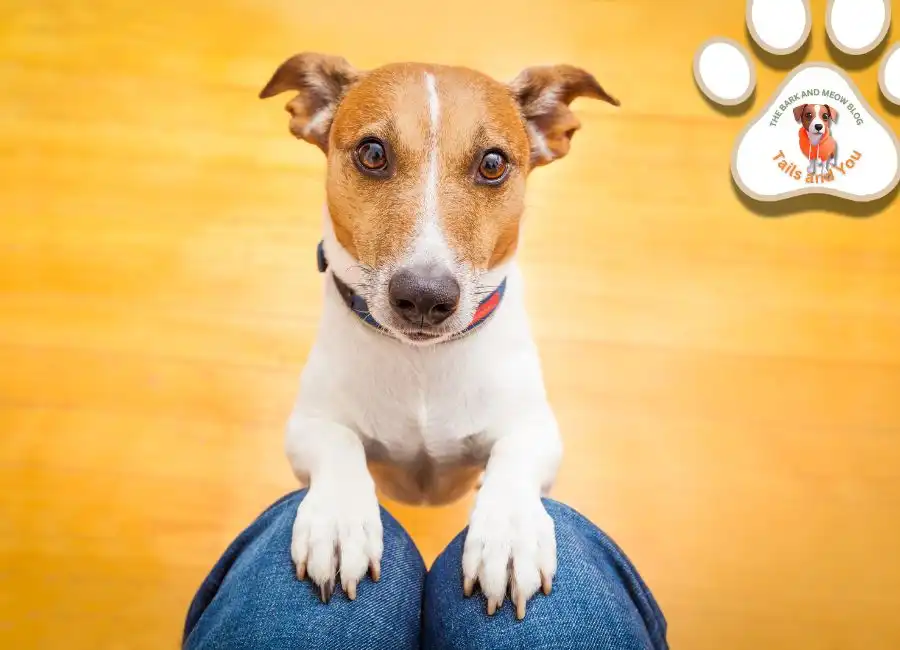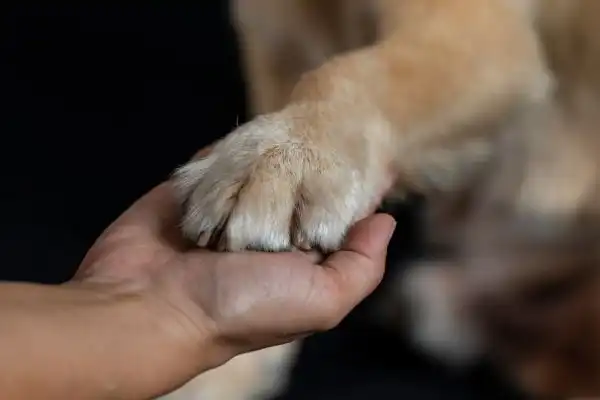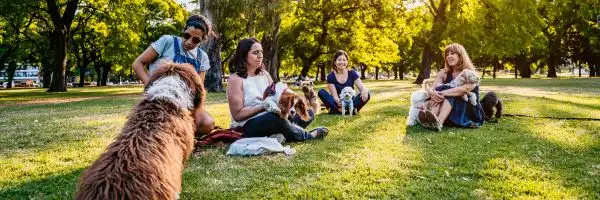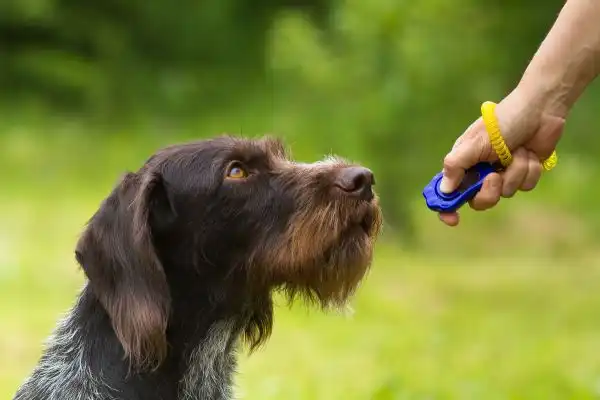Welcome to the exciting world of dog ownership! Whether you’ve just brought home a bouncy puppy or adopted an older dog, training is essential for a harmonious life together. But don’t worry, we’ve got your back with these basic training tips to get you started on the right paw.
Understanding Your Dog
The Canine Mindset
Dogs see the world differently than we do. Understanding their mindset is the first step to effective training. Dogs are pack animals, and they look to you as their leader. Establishing yourself as the alpha through consistent behaviour and training is crucial.
Building Trust and Bonding
Before diving into training commands, focus on building trust. Spend quality time with your dog, play games, and give plenty of affection. This bond will be the foundation of all future training.
Essential Training Commands
Sit Command
Teaching your dog to sit is one of the easiest and most useful commands. Start by holding a treat close to your dog’s nose, then move your hand up, allowing their head to follow the treat and their bottom to lower. Once they’re in a sitting position, say “sit,” give them the treat, and share some love.
Stay Command
The stay command is vital for keeping your dog safe. Start by asking your dog to sit. Then open your palm in front of you and say “stay.” Take a few steps back. If they stay, reward them with a treat. Gradually increase the distance and duration.
Come Command
The come command is great for when you need your dog to return to you quickly. Begin on a leash in a quiet area. Say “come” and gently pull the leash toward you. When they get to you, reward with a treat and lots of praise.
House Training Basics
Establishing a Routine
Dogs thrive on routine, so establish a consistent schedule for feeding, bathroom breaks, and walks. Take them out first thing in the morning, after meals, and before bedtime. Consistency helps your dog learn what to expect and when.
Positive Reinforcement
Rewarding your dog for good behaviour is far more effective than punishing them for mistakes. Praise, treats, and playtime are great motivators. When they do their business outside, make it a big deal with lots of positive reinforcement.
Socializing Your Dog
Meeting Other Dogs
Proper socialization helps prevent behavioural problems down the line. Introduce your dog to other dogs gradually. Start with calm, well-behaved dogs and let them interact on neutral territory.
Introducing New People
When introducing your dog to new people, keep it positive and stress-free. Ask the person to approach slowly and offer a treat. This helps your dog associate strangers with good things.
Leash Training Tips

Choosing the Right Leash
Not all leashes are created equal. A standard six-foot leash is ideal for training. Avoid retractable leashes as they offer less control and can be dangerous in busy areas.
Walk Training Techniques
Start leash training in a quiet area with minimal distractions. Use treats to encourage your dog to walk beside you. If they pull, stop walking until they come back to you. Consistency is key!
Dealing with Common Behavioural Issues
Excessive Barking
If your dog barks excessively, determine the cause – are they bored, anxious, or excited? Addressing the root cause is crucial. Use commands like “quiet” and reward them when they stop barking.
Chewing
Dogs love to chew, but you don’t want them destroying your shoes or furniture. Provide plenty of chew toys and redirect them to these whenever they start chewing something inappropriate.
Jumping on People
While it might be cute when they’re puppies, jumping on people can be problematic. Teach your dog to sit when greeting people. Consistently ignore jumping behaviour and reward them for sitting calmly.
Training Tools and Accessories
Clickers and Treats
Clicker training is a popular method that uses a clicker to mark desired behaviour. Pair the clicker with treats to reinforce positive actions. It’s a precise way to communicate with your dog.
Crates and Gates
Crates can be a great training tool if used correctly. They provide a safe space for your dog and can aid in house training. Gates help manage your dog’s access to certain areas.
In conclusion, training your new dog might seem daunting, but with patience, consistency, and love, you’ll shape a well-behaved companion. Remember, every dog learns at their own pace. Celebrate small victories and enjoy the journey together. Happy training!
Frequently Asked Questions (FAQs)
Q: How long does it take to train a new dog?
A: Training duration varies with each dog. Some may pick up basic commands within a few weeks, while others may take a few months. Consistency and patience are key.
Q: What if my dog doesn’t respond to training?
A: If your dog isn’t responding, try to understand the reason. Are they distracted, anxious, or not motivated by the rewards? Adjust your approach and consider seeking help from a professional trainer.
Q: Can older dogs be trained?
A: Absolutely! While puppies might learn faster, older dogs can still be trained. It might take more time and patience, but with consistent effort, they can learn new tricks.
Q: Should I use punishment in training?
A: No, positive reinforcement is far more effective and builds a better bond with your dog. Punishment can lead to fear and anxiety, which can hinder training progress.
Q: How do I stop my dog from pulling on the leash?
A: Consistent leash training is essential. When your dog pulls, stop walking and wait for them to return to you. Reward them when they walk beside you. It takes time, but with patience, they’ll learn.






